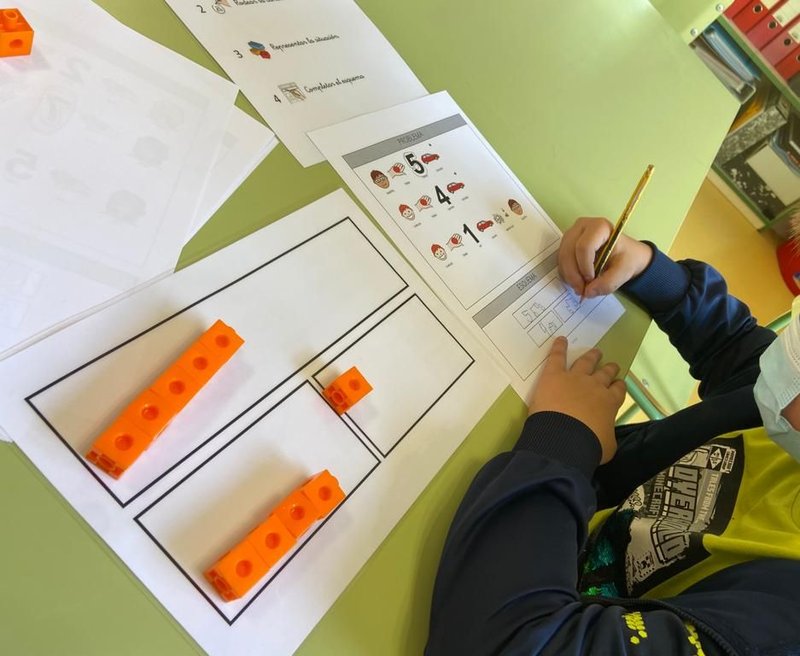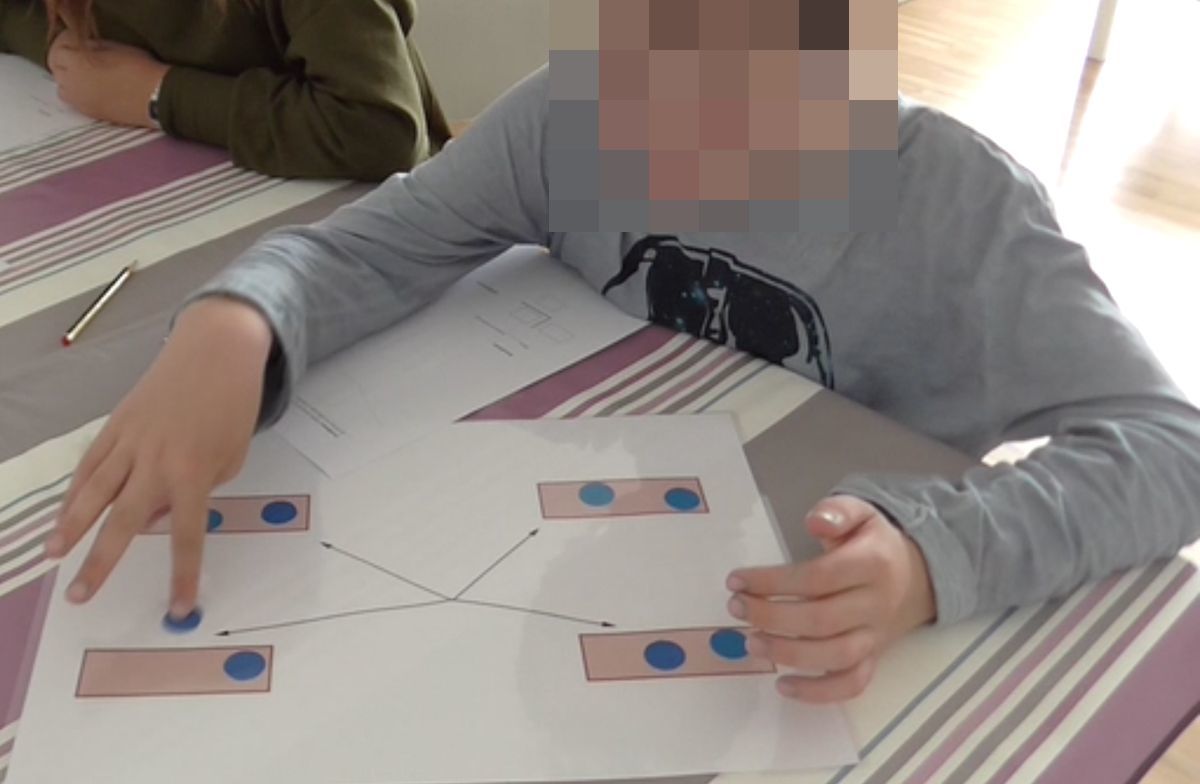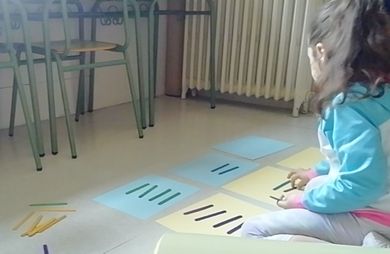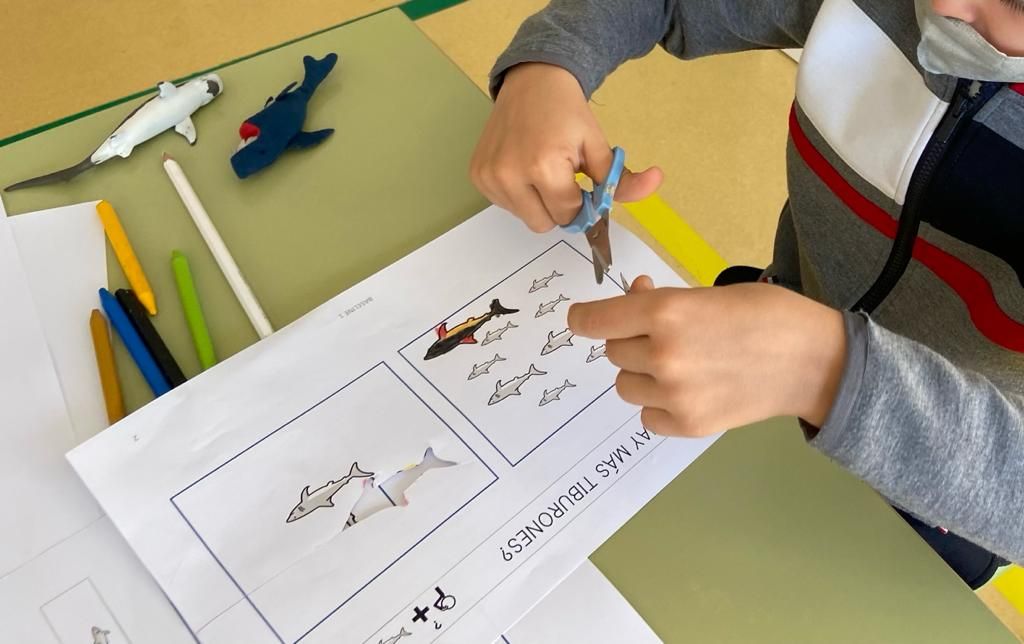Autism spectrum disorder (ASD) is a neurobiological developmental disorder that manifests itself during the first years of life and persists throughout the life cycle. The core symptoms are (a) persistent impairments in communication and social interactions and (b) restrictive and repetitive patterns of behavior, interests, or activities (DSM-5).
Evidence from educational research has revealed that, far from showing extraordinary abilities, students with ASD generally show low mathematical performance compared to their typically developing peers and often exhitib cognitive alterations that may interfere with mathematical learning.

However, research is also showing that, when appropriate methodologies are employed, it is possible to make significant progress in the mathematics education of students with ASD. For example, the use of schema-based instruction (SBI) or conceptually-based modeling methodology (COMPS) has shown significant improvements in mathematical problem-solving learning in elementary education.
These results, and the increase in the prevalence of this disorder among the school population, lead us to the need to deepen in the mathematical learning adapted to students with ASD.


In the research team, we address the following objectives:
- To examine the relationships between mathematical problem-solving performance and the main cognitive domains associated with mathematical learning (executive functions, theory of mind and verbal comprehension) in students with ASD.
- To design personalized didactic interventions that consider the cognitive functions in ASD students that are involved when solving mathematical problems.
- 3. To design interventions aimed at learning other mathematical contents at different educational levels:
- Pre-numerical skills (Early Childhood Education).
- Algebraic thinking (Primary Education)
- Mathematical abilities (formal and informal) (Primary Education)
- Geometric magnitudes (Primary Education)
- To develop technologies to support the learning of mathematics for students with ASD: adapting GeoGebra materials (Secondary Education).
- To design teacher training programs about learning and teaching mathematics for students with ASD.


